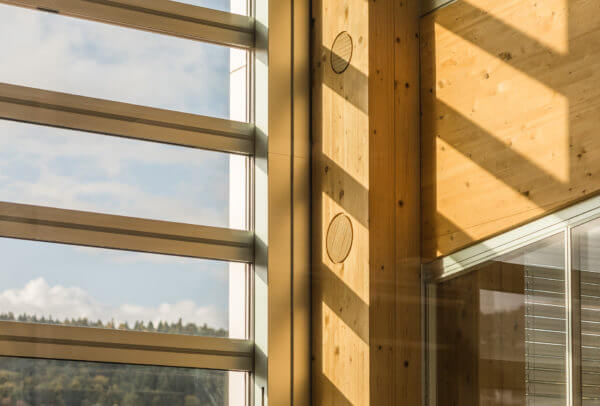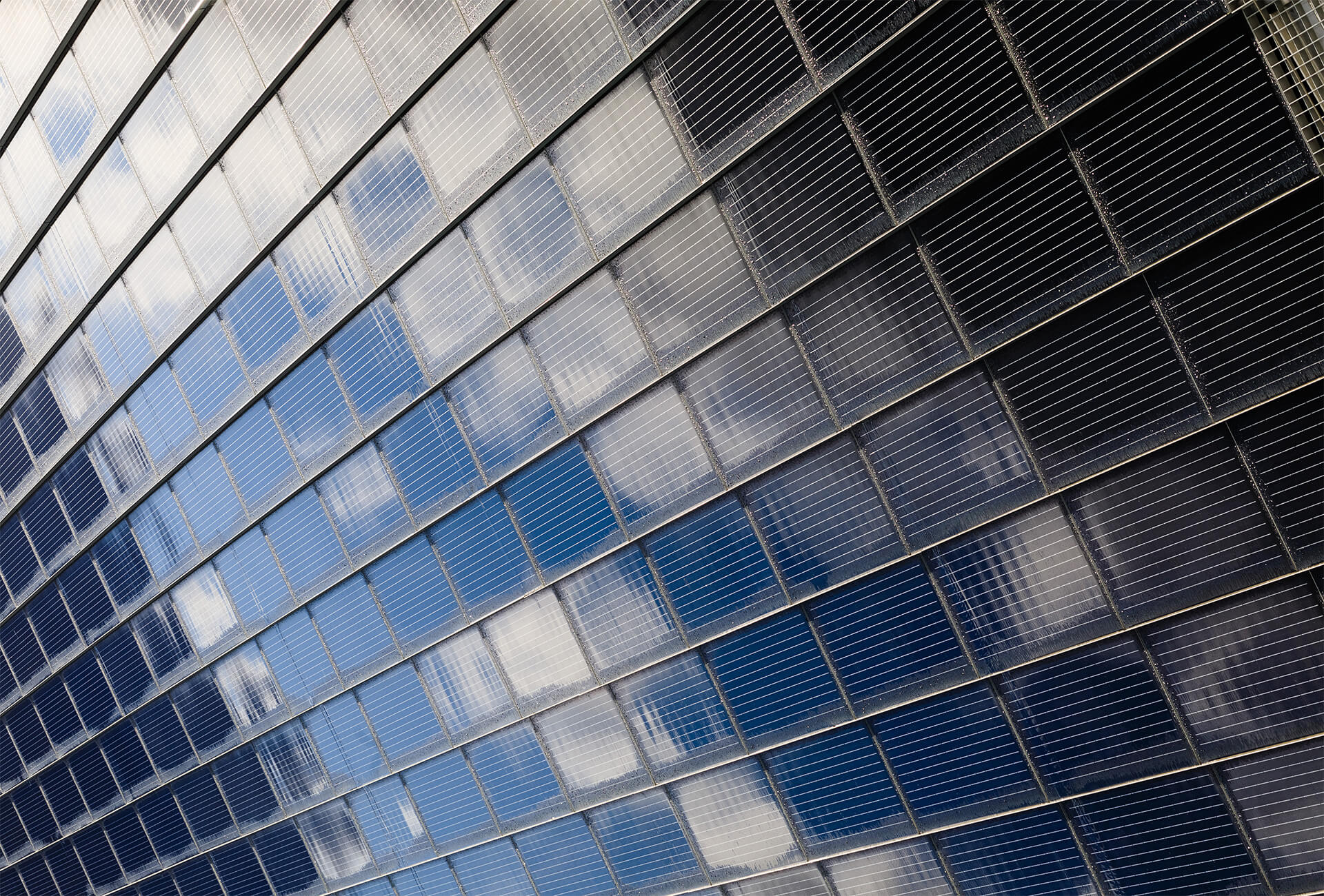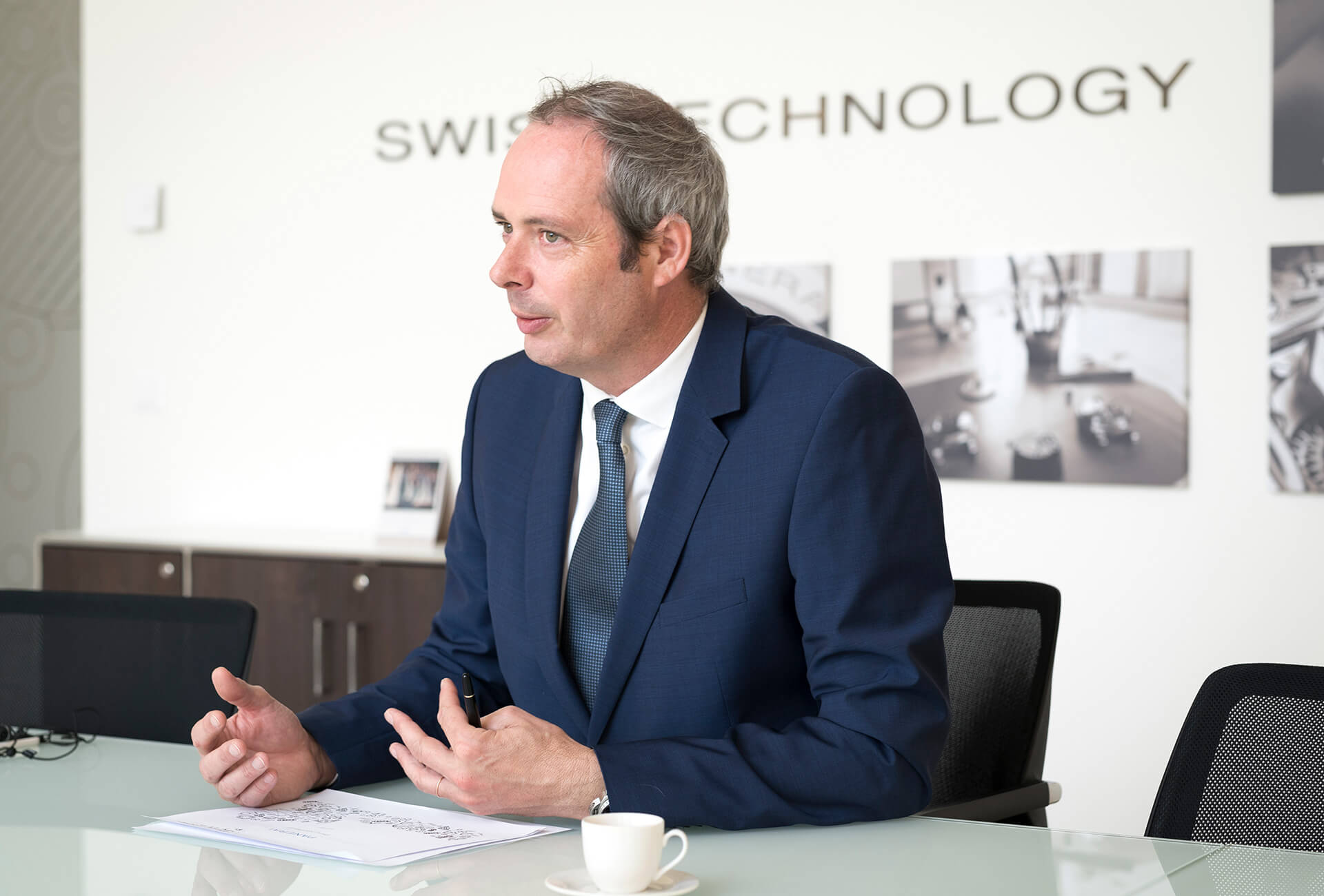A dozen or so years ago, when a Fine Watch brand in La Vallée-de-Joux extended its manufacture, it took care not to disturb the trout in a nearby stream. Back then, such a show of concern for its piscine neighbours raised a smile; a similar initiative today would surprise no-one. Consumers, particularly a younger demographic, have high moral expectations of the brands they buy, and more so when these are luxury houses. It’s this mood, and the power of the millennial, that are encouraging Fine Watch brands to pay more attention to sustainability in their business. How they meet this goal depends on the many and varied options available, from energy-saving buildings to soft mobility, from efficient use of resources to social initiatives. Here’s just some of what’s going on…
Ecological buildings
Bricks and mortar are the first stop on the road to sustainability, and brands now communicate as much on the energy performance of their new buildings as they do on technology and modern means of production. The latest to date is the recently opened IWC manufacture, on the outskirts of Schaffhausen. “Sustainability was very much on the radar,” comments Chief Operations Officer Andreas Voll. “We’ve installed solar panels on the roof, and draw water for cooling and heating from two groundwater sources. We are reducing our energy consumption by using automatic lighting control coupled with LED lights. A sensor-controlled sunshade system also prevents the building from being heated unnecessarily. We reuse the waste heat from our equipment and, just as we were already doing at our headquarters in Schaffhausen’s old town, we only use Swiss hydroelectric power that is generated with zero CO2 emissions.”
The entire volume of timber used in Omega's new production building corresponds to 2.6 hours of tree growth in Switzerland!
IWC isn’t alone – the vast majority of watch brands have adopted a similar approach, adapted to the specificities of their geographic location and building. Omega’s new premises, which opened in 2017, are the work of Shigeru Ban, a highly regarded architect who is also known for his contributions to humanitarian projects. Ban’s design for the Biel-based firm’s new production building mixes concrete with a Swiss spruce timber frame, in line with management’s requirement for an environmentally-friendly construction. Interestingly, the entire volume of timber used is the equivalent of just 2.6 hours of tree growth in Switzerland! The building also meets a zero-carbon criterion.

Panerai is another brand with ambitions to become an example of eco-compatibility. From space management to use of resources, all its activities are geared towards respect for the environment and waste reduction. Water use is one example. Rainwater is stored in a 50,000-litre tank and used to water the trees and grass. The energy needed to heat the building is generated by hot water from the machine cooling system, and all wastewater is cleaned of detergents, soaps and fine dust before being disposed of.
Having built, in 2008, one of the very first factories to comply with the Minergie standard for rational and renewable energy use, Audemars Piguet has continued along the sustainable route. Two years ago, it introduced a carbon accounting system and now integrates this carbon footprint into its Quality & Environment rating.
Mobility first
Watchmaking is an industry on the move, and so it makes sense that mobility should be one of its concerns through measures aimed at rationalising transport. Jaeger-LeCoultre runs a bus service, and has done for many years, that picks up staff in the surrounding villages to bring them to work, and take them home in the evening. Piaget encourages soft mobility by subsidising public transport passes in addition to providing incentives for staff to use carpooling or bikes for their daily commute. It also looks for ways to cut down on business travel. This isn’t as easy as it may sound for a global industry that favours human contact, but solutions do exist, such as conference calls or packing maximum business into one trip.
The number of green initiatives has risen exponentially these past few years, meaning there are too many to mention here. Respect for the environment is now built into Fine Watch brands. It should be remembered that these processes can’t be implemented overnight, and not all manufacturers choose to communicate on a subject that could be seen as unrelated to their core business. It’s often left to staff, even the customers themselves, to remind us that watchmaking and the environment do go together, and that taking care of trout is no longer a fishy business.














